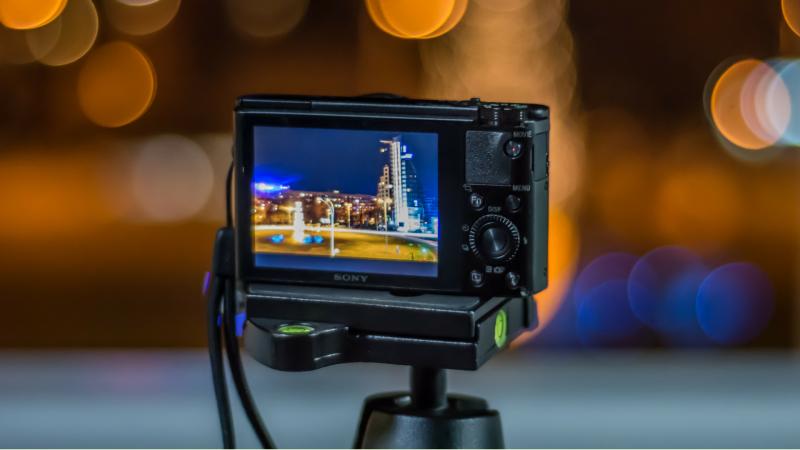
A new research from Indian Institute of Technology Madras, Chennai have developed a cost effective method of measuring the deformations in geotextiles-- a type of fabric generally used in the soil, using a common digital camera.
Geotextiles are a porous fabric often used in soils for various applications, including preventing landslides, bank protection and strengthening soil, as well as for construction of roads, railroads, airfields, canals and dams. As such, the fabric is put under enormous strain and stress, while also withstanding changing weather and temperatures. It can be made of either man made materials like polymers, or from natural fibres like jute.
Localized strains and defects developed in such a fabric during manufacture or operation could result in failure of the geotextile, leading to larger disasters, as they fail to perform the task they are employed for. Detecting such defects and strains before employing the textile or during regular maintenance could help reduce maintenance costs, as well as prevent catastrophic failiures. Conventional image based defect detection techniques use a charge coupled device (CCD) based camera, which can provide high quality images, but is often expensive and not widely available.
For the current study, the scientists used the much more widely available complementary metal-oxide-semiconductors (CMOS) based camera to capture the images. The images were then processed using open source software, developed on MATLAB, for strain measurements. The scientists used the new device for measurements on five different types of geotextiles-- three synthetic (one woven and two nonwoven) and two natural (woven and nonwoven jute). The new method allowed the scientists to make accurate measurements of deformation patterns, with acceptable error margins and comparable to the ones obtained using a CCD device. With the comparable quality, CMOS devices also present an added advantage of being cost effective and accessible.
“Accurate measurement of localised strains will help in better understanding the failure mechanism, maintaining proper quality control and developing accurate design procedures” remark the researchers and the new device could certainly make it an easy task to make such measurements. Next, the researchers plan to achieve the same task using a smartphone camera, instead of a CMOS based digital camera, for image capturing, making the instrument even more widely accessible.





